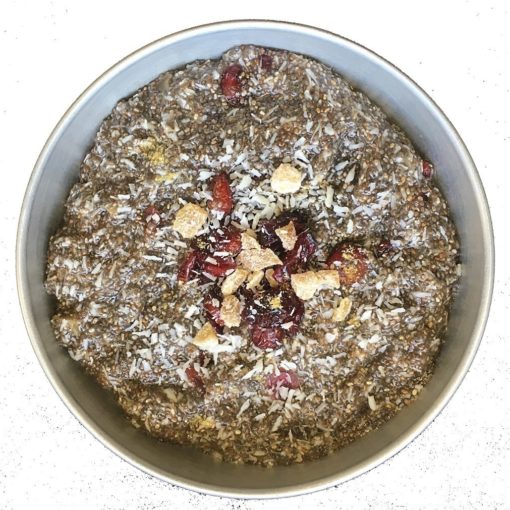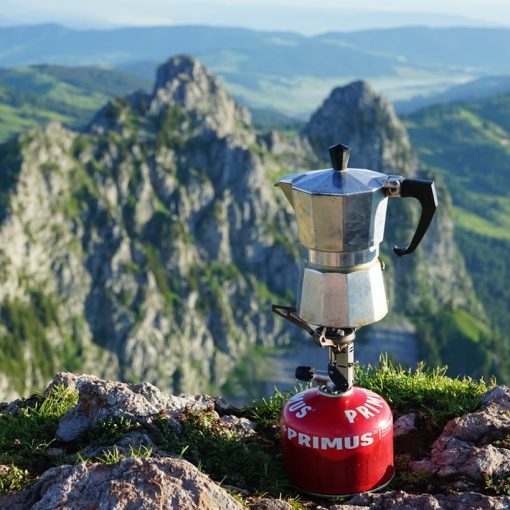Prepare this flavorful mix for a portable, no-cook breakfast for when you want to hit the trail. It also works great for adding calories and protein to oats. Check out our rehydration food pouches for convenient storage. You can also store it in a Mason jar for use at home. When sealed in a cool, dry place, the mix can be stored for up to 2 years. Chia seed is great for athletes and backpackers because it has a high amount of protein (20%), dietary fiber (25%), essential fat (34%), antioxidants, and trace minerals to provide you with lasting energy. Chia […]
No Cook
Dried fruit is a delicious and nutrient-dense snack, which is convenient when you need to refuel with carbohydrates from backpacking. It satisfies hunger pangs and packs a punch of health benefits, making it the perfect on-the-go snack for hiking adventures. For instance, the phenols, fiber, and antioxidant content in apples reduces chronic conditions, including diabetes, heart disease, and cancer, while the potassium in a banana, a key component of many dried fruits, plays a crucial role in maintaining muscle function. Dry fruits contain multiple vitamins (A, B, C, Calcium, Iron, and Magnesium) and are loaded with fructose, a natural fruit […]
We are often asked, “What’s new for the season?” We’re excited to introduce our newest no-cook meal crafted with garbanzo beans, chopped walnuts, carrots, and diced celery in a creamy dill dressing. When paired with crackers or flatbread, it makes a delicious and quick on-the-go trail-side lunch. With 530 calories per pouch, it’s packed with complex carbohydrates, healthy fats, and protein to keep your energy levels up. Just like all of Outdoor Herbivore’s no-cook backpacking meals, preparing this one is a breeze. Simply add water to the pouch (or a serving bowl) and allow it to hydrate for about 6 […]
Backpackers who need to minimize weight and space will carry dried food. Most of a food’s weight and volume come from its water content, and freeze-drying and dehydrating are the most common methods to remove this water, resulting in lighter and packable food. When food is sufficiently dried, it can be stored without refrigeration since the microorganisms that cause mold, spoilage, and bacteria cannot grow without moisture. While the two food preservation methods reduce the volume and weight of food by evaporating water, there are also significant differences when deciding which type of food to bring on your next adventure. […]
34% of the world’s population lives within 330 vertical feet (100 meters) of sea level Chances are, you live in a part of the country that is lower in elevation and pay no attention to cooking instructions intended for high altitudes. But one day, you may find yourself hiking more than 8,000 feet above sea level in the Sierras or Rockies and wonder why your rehydrated pasta meal came out crunchy or rice curry watery. Backpacking foods will require cooking adjustments at higher altitudes. High altitudes affect backpacking food preparation in two ways: Water and other liquids evaporate faster. Water […]



